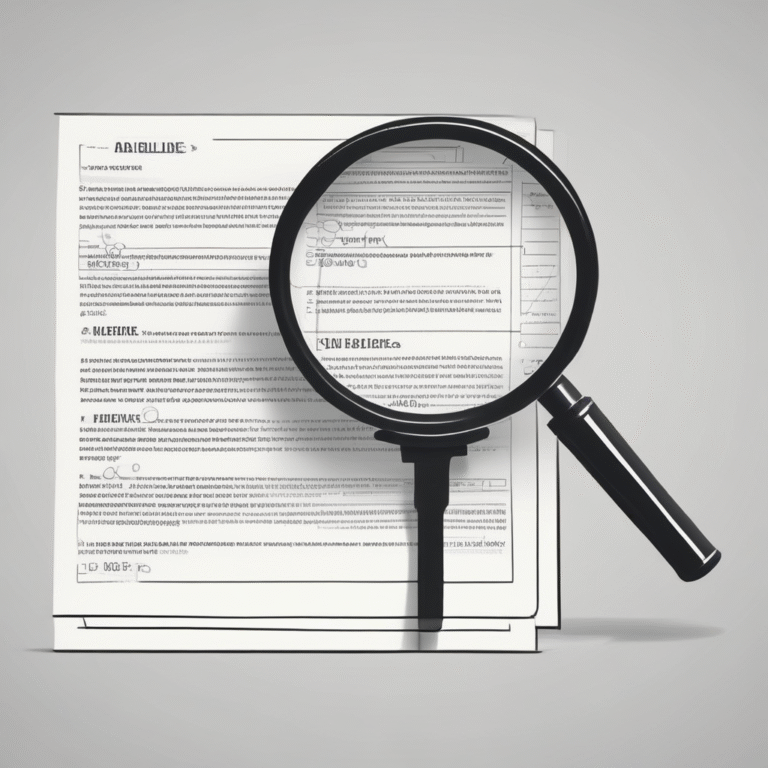After the Virginia AI Bill Was Vetoed: What’s Next for State-Level AI Legislation?
On March 24, 2025, Virginia’s Republican Governor Glenn Youngkin vetoed House Bill 2094 (VA HB2094), which aimed to regulate artificial intelligence (AI) within the state. This bill had been passed by a narrow majority of 21 to 19 votes in Virginia’s Senate on February 19, 2025. The veto marked a significant moment in the landscape of AI legislation at the state level, especially considering that VA HB2094 was poised to become the United States’ second horizontal state AI bill, following Colorado’s Senate Bill 24-205 (CO SB24-205).
The political backdrop was crucial: just before the bill’s passage, President Donald Trump had released an Executive Order prioritizing innovation in AI, which set a contrasting tone to the regulatory approach of VA HB2094. The Governor’s veto reflected the prevailing anti-regulation sentiment among state Republicans and significant opposition from industry stakeholders.
The Landscape of Opposition
Opposition to VA HB2094 was substantial and multifaceted. Industry associations, including the U.S. Chamber of Commerce and Chamber of Progress, criticized the bill for creating obstacles and uncertainty, particularly for small businesses. Even some consumer advocacy groups, which supported the bill’s intent, denounced the numerous loopholes present in the draft. Notably, the R-Street Institute, a Republican think tank, argued that the bill was based on a failed regulatory model similar to that of the European Union (EU).
Comparative Analysis: VA HB2094 vs. the EU AI Act
At first glance, there are superficial similarities between VA HB2094 and the EU AI Act; however, significant differences exist in their scope and intent.
Similarity 1: Definitions
Both VA HB2094 and the EU AI Act utilize a definition of “AI system” borrowed from the Organization for Economic Co-operation and Development (OECD). However, VA HB2094 omits a critical aspect of the definition concerning the varying levels of autonomy in AI systems. This omission could unintentionally expand the regulatory scope to include systems that may not qualify as AI but fall under automated decision-making.
Similarity 2: Risk-Based Approach
Both legislative frameworks adopt a risk-based approach, categorizing AI systems by their use cases and varying the regulatory requirements accordingly. While the EU AI Act introduces prohibited uses of AI, VA HB2094 focuses narrowly on high-risk AI systems.
Similarity 3: Requirement to Label AI-Generated Content
Interestingly, both bills mandate that AI developers ensure that synthetic content is clearly marked as such. This includes specific regulations regarding artistic content and exceptions for public interest communications.
Differences in Scope and Obligations
The distinctions between the two laws are more pronounced than their similarities:
Product Safety: The EU AI Act emphasizes product safety, regulating both products and organizations, whereas VA HB2094 focuses solely on organizations without specific compliance requirements for AI system construction.
Allocation and Scope of Responsibilities: While the EU AI Act primarily burdens providers with regulatory obligations, VA HB2094 places more responsibility on deployers, which may include smaller organizations with fewer resources.
Extent of Obligations: VA HB2094 imposes lighter obligations than the EU AI Act, which requires extensive compliance from a diverse set of stakeholders, including importers and distributors.
Exemptions: The Virginia bill features numerous exemptions for non-high-risk systems and sectors, which could significantly reduce the number of AI applications covered under its regulations.
Enforcement: Unlike the EU AI Act’s complex enforcement systems involving market surveillance authorities, VA HB2094 places overall enforcement in the hands of the state attorney general, with significantly lower penalties for non-compliance.
Recommendations for Future Legislation
In light of the challenges highlighted by VA HB2094’s veto, future state-level AI legislation should:
1. Adopt the Revised OECD Definition: Utilizing the complete OECD definition of “AI system” will help avoid overregulation of less sophisticated systems while aligning with international standards.
2. Balance Responsibilities: Lawmakers should carefully evaluate the distribution of responsibilities between developers and deployers, ensuring that smaller organizations are not unduly burdened by compliance obligations.
Conclusion
The veto of VA HB2094 underscores the complexities surrounding AI regulation in the United States, highlighting a preference for fostering innovation over stringent regulation. As states consider their own AI legislation, the lessons learned from this bill will be critical in shaping future frameworks that balance the need for innovation with consumer protection.










